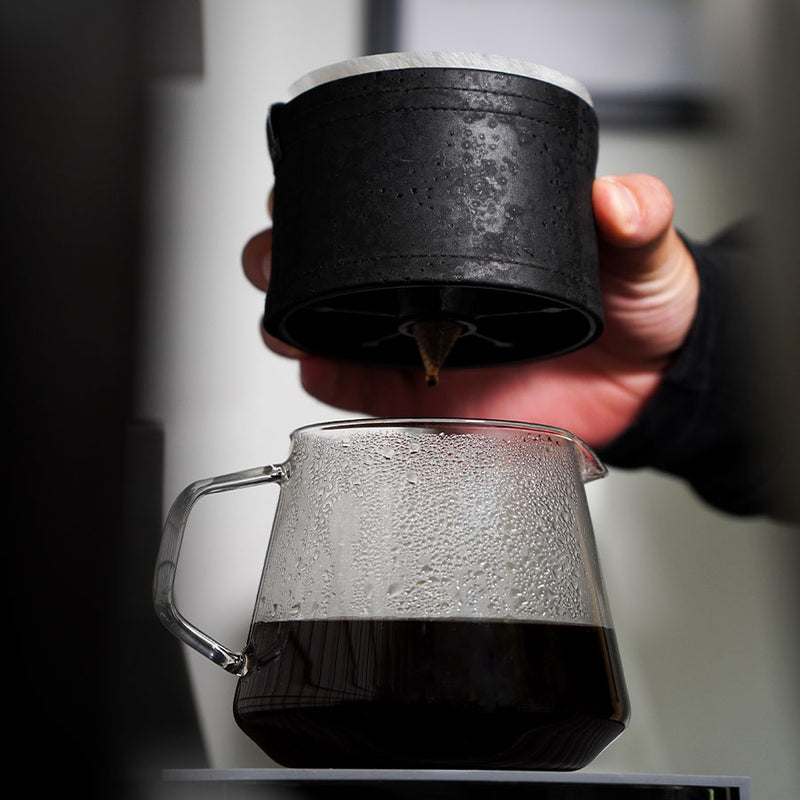Cold brew coffee maker
Discover the refreshing taste experience of cold brew—a carefully crafted coffee brewing method where time is the secret to a smooth and less acidic flavor. Immerse yourself in the world of cold brew coffee and enjoy our entire cold brew range now. Don't miss the opportunity to enrich your summer with this unique treat.

























